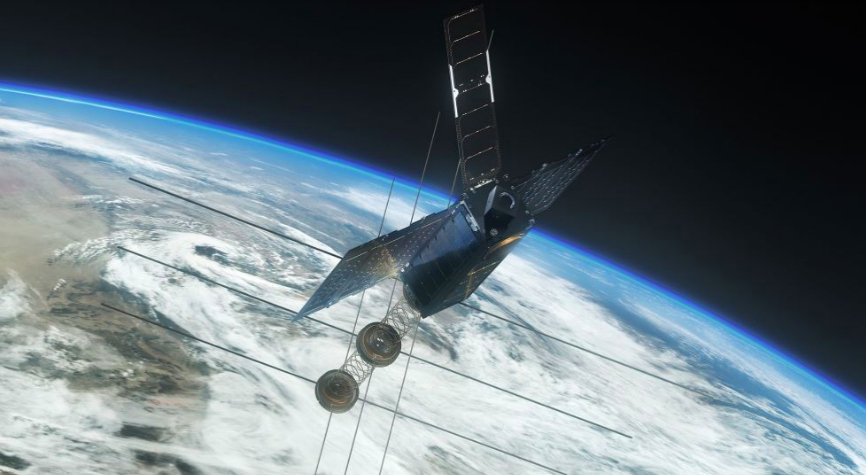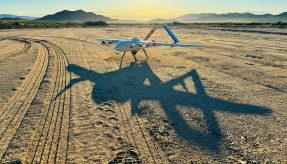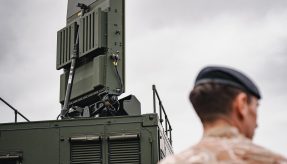
Saab will, together with the companies ORBCOMM and AAC Clyde Space, lead a groundbreaking Swedish space project; to develop space based communication for the maritime sector via the new automatic tracking standard, VDES.
The new VDES package does not only enable safer, more sustainable and greener shipping but the technology also has spin-off potential for other industries.
Saab has in recent years broadened its offer to include space based products and solutions. The company is now taking a next step and investing in a satellite project that will expand global data communication opportunities for the maritime industry but also potentially for other industrial Internet of Things (IoT) applications.
The first demonstration satellite is intended to be followed by a larger constellation of satellites that will form the new part of the maritime communication infrastructure. The space-based infrastructure would increase VDES range from the shoreline to anywhere in the world, converting what is currently a predominantly coastal system into a global maritime system. For the first time, all ships in service with VDES can carry out two-way communication with each other across the globe, like a secure wireless internet for shipping.
For the last 20 years, Saab has been leading maritime traffic management with products using the Automatic Identification System (AIS). Now the next generation of AIS is taking form within an international VDES standard. The VHF Data Exchange System (VDES) has up to 32 times more bandwidth compared to AIS. The system will transmit small data packages between satellites, ships and shore, which will facilitate the maritime transport systems. Furthermore, AIS can be used as before since the system boasts full backward compatibility. But the VDES system will not only provide the opportunity for positioning and communication (as the AIS system does) but also serve as an enabler for e-navigation and autonomous shipping. The technology might even be applicable for other usage as for example (IoT) communication between owner and cargo, transported both at sea and on land.
“This is a very exciting project where Saab is testing new technology in space, which we think will become the enabler of future secure communication services and applications,” says Christian Hedelin, Chief Strategy Officer at Saab.
E-navigation and other solutions based on the VDES technology also has the potential to deal with the growing global maritime traffic. This will lead to safer and more optimal traffic management, which will save a lot of fuel and emission.
“With the deployment of this technology, we will also contribute to a more sustainable society,” says Christian Hedelin.
The consortium running the space project consists of Saab, ORBCOMM a leading global provider of IoT and AAC Clyde Space a manufacturer of spacecraft. The project, to place a VDES nanosatellite in LEO, is co-funded by the Swedish Transport Administration (Trafikverket).
“The new LEO nanosatellites are part of what is now called ‘New Space’ and this project is a good example of how industry can develop powerful and cost efficient space based solutions. Saab entering in to this business with its technology is a significant opportunity for all involved,” says Christian Hedelin, Chief Strategy Officer at Saab.
The purpose with the project is to test and develop new technology in preparation of a future operational VDES satellite constellation with global coverage. The VDES project is expected to begin in October 2020, with the launch of the demonstration satellite in mid-2022, followed by in-orbit demonstration and testing, which will end in the first quarter of 2023.
If you would like to join our community and read more articles like this then please click here.







